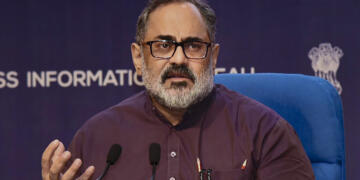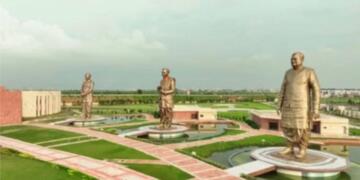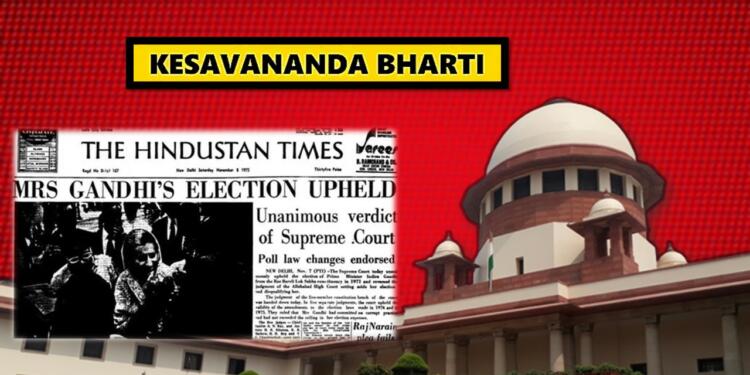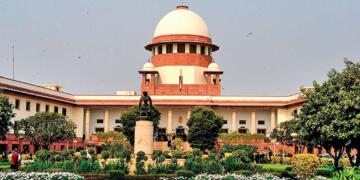The biggest elite fight in politically independent Indian history has been that of the judiciary and legislature. It did not stop after the Kesavananda Bharati case. Indira Gandhi had almost turned it into a dustbowl. But the beauty of democracy is that no one can claim absolute victory. The judiciary fought back in later years.
Indira Gandhi election case
The basic structure doctrine was first expanded in the Indira Gandhi election case. The Allahabad High Court had deemed Indira Gandhi’s election invalid. She went to the Supreme Court. Indira also had the arrogance of the legislature, and she introduced the 39th Constitutional Amendment. Section 4 of the amendment prohibited judicial review of any issue pertaining to the elections. To give it more teeth, she also amended the Representation of the Peoples Acts of 1951.
Also read: The most iconic Indian case ever: 1973, Kesavananda Bharati vs State of Kerala – Part 2
Raj Narain, Indira’s political opponent, challenged it with the contention that the amendment violated basic structure doctrine. In Kesavananda Bharati case, a few more features were added to the doctrine. Justice H.R. Khanna added democracy and free and fair elections as parts of the doctrine. Justice K.K. Thomas said that the power of judicial review is also part of the basic structure doctrine. This was a direct attack on the 9th Schedule, the dumpyard of the Constitution.
Justice Y. V. Chandrachud, father of 50th Chief Justice Justice D. Y. Chandrachud, added four more features to the doctrine. These are the status of the Sovereign Democratic Republic; the equality of status and opportunity for each individual; secularism and the freedom of conscience and religion; and the rule of law.
Also read: The most iconic Indian case ever: 1973, Kesavananda Bharati vs State of Kerala
Failed attempt to review the verdict
Just 3 days after the verdict in the Indira Gandhi case, Chief Justice of India M N Ray formed a 13 Judges bench to review Kesavananda Verdict and basic structure doctrine. Many experts still believe that the Indira Gandhi government was indirectly involved in it. Subsequently, N.N. Palkhiwala presented a thorough and spirited attack on the move to review the Kesavananda Bharati decision. The bench had to be dissolved within two days of hearings.
Minerva Mills Case
Next stage of the Basic structure fight was pushed by the 42nd amendment by Indira Gandhi. It is also called the “Mini Constitution” on the basis of the plethora of changes pushed by it. Through this amendment, the Indira government had given itself almost unlimited power to amend the constitution. It was challenged in the Minerva Mills case. Spirited Mr. N.A Palkhiwala abridged the Court that immunisation of Constitutional amendment by Gandhi government violated the “Judicial review” part of basic structure doctrine.
His objections to the Mini Constitution were upheld by a bench led by then-CJI Y. V. Chandrachud. In an emphatic 4:1 verdict, the Apex held the unlimited amending power as ultra vires to the basic structure doctrine. The Apex Court tried to expand the basic structure in such a way that the three decades of contention regarding the constitutional amending power of Parliament would be over once and for all.
The Apex Court held that “limited amending power” is part of the basic structure doctrine of the Constitution. In other words, Parliament does have the power to amend the Constitution under Article 368. However, it is subject to checks and balances by the judicial as well as moral courts. The absence of such checks and balances would result in absolute sovereignty for Parliament. Though Justice A.N. Ray supported such a kind of sovereignty, it would mean that Parliament could abrogate constitutional moral authority to position itself at the top of moral authorities in polity. In this judgement, the Apex Court also said that harmony between fundamental rights and the directive principles of state policy is a part of the basic structure.
Also read: The 1995 case that cemented the notion of ‘Hinduism is a way of life’ and why it is not right
Concept has expanded beyond borders
In later years, many more features were added to the doctrine. These include independence of the judiciary, effective access to justice, and the powers of the Supreme Court of India under Articles 32, 136, 141, and 142, among others.
The concept is still evolving. Within this short span of time, it has been aped in other jurisdictions as well. Other countries to add this doctrine to their judicial systems are Singapore, Malaysia, Uganda, Belize, Bangladesh, and Pakistan, the place where the phrase was used for the first time.
Support TFI:
Support us to strengthen the ‘Right’ ideology of cultural nationalism by purchasing the best quality garments from TFI-STORE.COM
Also Watch:
https://www.youtube.com/watch?v=Pui-dNos7l0
































